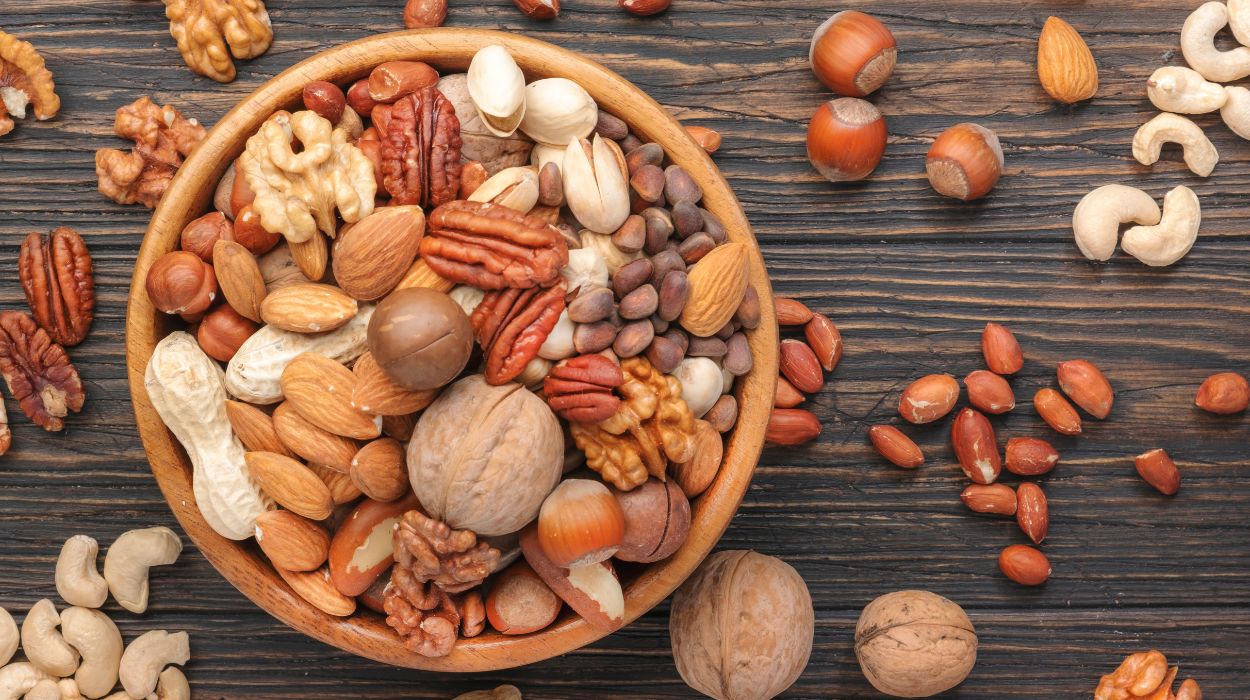PROTECT KIDS FROM PESTICIDES: GROW A PESTICIDE-FREE LAWN
Kids love to roll around in the grass, but many lawns are maintained with toxic pesticides and fertilizers that can pose serious health risks to children and pets. Pesticides are poisons, intended to kill living things. By their very nature, most pesticides create some risk to all living creatures, including children.
Some lawn and garden chemicals have been linked with behavioral problems in children, damage to the nervous system and brain, developmental and reproductive defects, and cancers. Scientists are learning that even small doses of pesticides could have a tremendous impact on a kid’s health if exposure happens at unique windows of vulnerability during a child’s gestation or development.
Consider the following problems with pesticides:
- Pesticides provide quick relief, but do not eliminate the source of the problem. To prevent a pest’s return, it is necessary to change the conditions that have allowed the pest to thrive.
- Extensive use of pesticides has led to resistance in many insects and weed species. It takes from two to five pesticide applications today to do the job that just one application accomplished in the 1970s. As a result, many resort to stronger chemicals, which may have greater consequences for human and environmental health.
- Pesticides drift. Chemicals used on lawns and gardens don’t stay put. They enter groundwater, streams and rivers through the air and water. Pesticide particles attach to dust and soil, which we bring indoors on our shoes.
Use this checklist to protect your kids from pesticides and have a naturally beautiful lawn:
1. Avoid Pesticides and Herbicides. Weed manually, before seed heads appear. Use boiling water, diluted soap or white vinegar to kill weeds. Apply corn gluten to discourage weeds. Use least toxic products and practices like Integrated Pest Management. Some pesticides you absolutely want to avoid include DEET (N,N-diethyl-meta-toluamide) and DDT (di-chlorodiphenyltrichloroethane).
2. Develop Healthy Soil. Leave mulched grass clippings to recycle nitrogen. Reduce soil compaction – aerate soil to allow air to circulate around grass roots.
3. Reduce Thatch. Rake the layer of decomposing roots, leaves & stems at the surface of the soil.
4. Choose Native Grass types suited to your climate and soil that are naturally more disease-resistant.
5. Water Deeply but not too often. Deep but infrequent watering is best and reduces fungal growth. Water between midnight and 8AM to reduce evaporation.
6. Mow High, Not Low. Taller grass chokes out weeds, longer grass takes in more sun and moisture. Keep mower blades sharp to avoid tearing grass, keeping it healthy.
7. Use Fertilizers Wisely. Choose natural organic fertilizers, use sparingly in early spring or late fall. Avoid application prior to expected heavy rainfall to prevent runoff into waterways.
8. Encourage Neighbors to avoid pesticides and over fertilizing – which contaminates your neighborhood, yard, family, & world.
+ Sources
Health Canal avoids using tertiary references. We have strict sourcing guidelines and rely on peer-reviewed studies, academic researches from medical associations and institutions. To ensure the accuracy of articles in Health Canal, you can read more about the editorial process here


